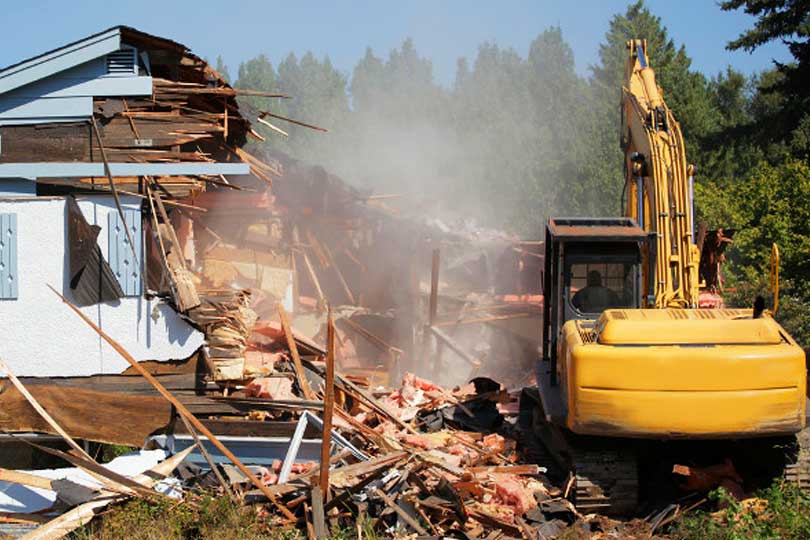House Demolition is mainly a military strategy that has been utilized in many battles for a variety of purposes. However it has also been used as a scorched-earth technique to completely ruin the advancing enemy’s infrastructure and food distribution, or to just deprive the attacking power of shelter and food. No matter of what the key reason behind House Demolition is if for defense, offensive, or purely for occupying a territory, there are different approaches for different circumstances. This article briefly discusses each of them so you can obtain a better knowledge of how it could play out in your sport.
How to Properly Demolish a House

The most elementary strategy of house demolition would be to just raze the structure to the floor. This is the quickest way of doing away with an object and as such is frequently the first step for most players. However it does have some drawbacks. To begin with, this approach is often only available when you have the money to fund it, which frequently defeats the point of getting it all, as in most cases it will simply end up being a waste of resources. Second, the procedure itself is extremely time-consuming and frequently requires professional experience.
How to Properly Demolish a House
A slightly more efficient plan is to buy average price insurance for houses that are likely to be demolished. Normal cost insurance will protect you from losing any materials, and it usually doesn’t need any license, because it is typically done on the benefit of the buyer. This however shouldn’t be the only consideration when buying typical cost insurance. There are many average cost policies which come with extensive coverage from fire, earthquake, and other all-natural disasters. This would also protect you in many instances from needing to fix or rebuild your home. For all these reasons it is often a good idea to abide by the most frequent home demolition plans, and leave the average cost insurance to pay for damage caused by explosions, fires, or other damage brought on by demolition.
How to Properly Demolish a House
When approaching your very first step of house demolition, you must have first and foremost an insurance plan in place. Insurance is a main tool for protecting yourself from unforeseen expenses. With no insurance, you might end up paying for the demolition debris in full, which could defeat the goal. After you’ve bought your insurance it is time to speak to a licensed contractor. Before you do so, you have to find out whether there are some legal issues with the house demolition. Oftentimes you can just refer to this coverage, and others you’ll want to submit a valid claim.
The very first step of home demolition would be to secure all necessary permits. All these are required by all regional governments before you are able to begin with the undertaking. It is recommended that you secure the necessary permits well beforehand of starting the project, as some local governments will only grant permits once a job has started. If you cannot secure all required licenses all on your own, I would strongly recommend that you employ a reliable and licensed home inspector and demolition contractor.
After securing all necessary licenses, you’re now prepared to acquire the demolition debris all set! The following step to consider in the process of home demolition is to buy an excavator. An excavator is essential because it’ll be used to dig the property in order to correctly dispose of unwanted materials. An excavator is among the most expensive pieces of equipment you’ll need in the process of house demolition. Make sure you have a fantastic comprehension of just how much a particular excavator will price before you purchase it.
One of the most dangerous sections of home demolition work is the removal of asbestos from a person’s home or building. The high concentration of asbestos in these structures contribute to many health issues, such as cancer. Before demolition work on a building, you have to first get rid of all asbestos material from the interior of the building utilizing a vacuumcleaner. When the asbestos material is eliminated, you must ensure there’s no residual asbestos left in the building by scraping it off with a knife.
Traditional Mechanical Demolition: When a property needs to be demolished as it’s unsound or harmful, the classic mechanical demolition procedure is frequently used. This process includes: eliminating floors and walls, drilling holes in the walls and breaking through reinforced concrete, in addition to cutting the structure into segments. This sort of home demolition costs over a normal demolition since the demolition team should use specific safety measures while working on potentially hazardous objects, such as asbestos. Another advantage to traditional mechanical demolition is that the entire demolition process can be completed without having to disturb the surrounding region. Traditional mechanical demolition is generally faster than alternative methods.